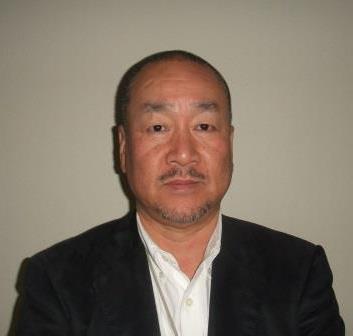| Vol.6 No.4 |
|||
| Academic Articles | |||
| Vol.6, No.4(2015) p.118 - p.164 | |||
Special Issue 13Research on Ageing Management of Nuclear Power Plant for Safe Long-Term Operating Using Serviced Structural Materials through Decommissioning |
|||
|
Relevant Field Plant ageing management for long-term operation, Measures for aging management of materials | |||
| Keywords | structural materials of decommissioning Nuclear Power Plant, degradation mechanism, evaluation criteria | ||
| Preface | |||
| The about a half of the Japanese nuclear power plants are operating beyond the 30 years in several years. A long-term degradation of the structural materials would be expected to appear clearly at the last-stage of plant design life of a nuclear power plant. Therefore, ageing management for safe long-term operating has been studied. It's important to provide evaluation criteria which decide whether operation of a nuclear power plant can be continued beyond the design life 40 years. The evaluation criteria are necessary to show the power plant will be operated without troubles based on a mechanism of the all degradation phenomena with a possibility which can happen. In conventional study, degradation mechanism of structural materials has been studied under the accelerated condition such as higher temperature so that shorter period of time for laboratory test needed. On the other hand, a new research of material degradation using the real used, serviced material of a decommissioning nuclear power plant was proposed aiming further accuracy of the evaluation criteria. Long time serviced materials data can provide us a lot of advantages, such as precious long term degradation data. This suggestion introduces the thesis concerning “research on ageing management of Nuclear Power Plant for safe long-term operating using serviced structural materials”. |
|||
| |||
|
Akira NAKAMURA, Yoichi UTANOHARA, Koji MIYOSHI, Naoto KASAHARA This paper reviews the current status of numerical simulation evaluation methods for evaluation of thermal fatigue in a T-junction pipe and identifies future research items to enhance the methods. The influencing factors of numerical simulation methods on the evaluation of temperature fluctuation near a wall are discussed. Then the mechanism of thermal fatigue and the numerical simulation evaluation methods are described, and the influencing factors such as turbulence models, differencing schemes, computational meshes and inlet conditions are discussed. Some recent models LES, SAS, and combined models are examined to assess fluid temperature fluctuation. Differencing schemes and mesh fineness are important to keep the accuracy of calculations. Regarding boundary conditions, the inlet flow conditions, velocity profile and velocity perturbation, influence the temperature fluctuation. Takuya FUKUMURA For pH control of PWR secondary system water chemistry, some plants have changed to ethanolamine injection. The purpose of this work was to understand the effect of changing water chemistry on wall thinning rate of the PWR secondary system due to flow accelerated corrosion. For that purpose, evaluations of water chemistry were carried out by a mass balance calculation, wall thinning rate measurement by a rotary disk test and wall thinning rate evaluation based on calculated magnetite solubility. As a result, it was found to be effective to inhibit the wall thinning rate of the PWR secondary system due to flow accelerated corrosion by ethanolamine injection, but it was not sufficiently effect to neglect wall thinning rate due to flow accelerated corrosion. The effect of the wall thinning rate inhibition also varied greatly for each component of the PWR secondary system. It was found that maintenance of the carbon steel used for the PWR secondary system was still required under ethanolamine injection condition. Teruyoshi ABE, Kimihiro NOGIWA, Takashi ONITSUKA, Takahisa NAKAMURA, Yasuhide SAKAKIBARA Thermal aging embrittlement of cast austenitic stainless steel components from the decommissioned Advanced Thermal prototype Reactor (ATR) Fugen power station has been characterized. Cast stainless steel materials were obtained from recirculation pump casing. The actual time at temperature for the materials was 138,000 h at 275 °C. The Fugen serviced material show modest decrease in Charpy-impact properties and a small increase in micro-Vickers hardness in ferrite phase because of thermal aging at relatively low service temperatures. The fracture toughness prediction method (H3T model) predicts slightly lower values for Charpy-impact energy obtained from the Fugen material. The results from microstructural analysis suggest that the prediction method have the potential to provide higher accuracy by considering activation energy for embrittlement at low service temperatures. Ryosuke ANDO, Teruyoshi ABE, Takahisa NAKAMURA Wall thinning of serviced carbon steel piping of the secondary cooling system after long term operation of Advanced Thermal prototype Reactor (ATR) Fugen power station has been investigated as a series of evaluation of validity and availability of utilization of serviced materials on research projects focused on aging management. | |||






